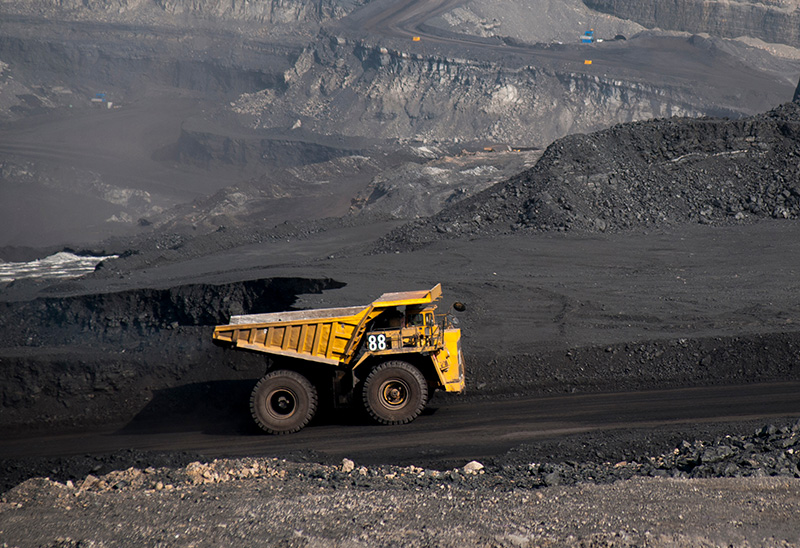Society of Grasslands Naturalists Raises Concerns About Land-Use Decisions in the Eastern Slopes

Dear Premier Kenney,
Our membership is deeply concerned about the decisions that you and your government are making regarding land use decisions in Alberta. We believe they are made from too narrow a perspective, and decisions are often not representative of Alberta’s heritage, lessons learned, and accomplishments. We agree that Albertans want a prosperous economy and jobs. However, not at the cost of an unhealthy environment, creating negative impacts to livelihoods, and the risk of socio-economic imbalances in Alberta’s future well-being. The anger and opposition that you are now hearing from a variety of Albertans about government changes to our Provincial Parks, the selling of Crown native grasslands, and allowing for the open pit mining of coal in the Eastern Slopes are examples that cannot be supported by Albertans. As downstream users, we are concerned about the environmental impacts of open pit coal mining to our Bow, Oldman, High, and South Saskatchewan River watersheds. What will coal mining do to the quality of our drinking water? We recommend that the UCP use an integrated, science-based and public consultation approach to land use decision making to achieve a balanced economy, healthy environment, and investment in our social well being.
Integrated Approach to Land Use Decision Making
Alberta has a long history of using an integrated approach to land use decision making. It involves a discussion with Albertans about land use and future direction. This approach is founded on a grass roots participation. It recognizes that our input and the use of good science can lead to improved solutions. Such land use plans are often built on a watershed basis, for example the Alberta South Saskatchewan River Regional Land Use Plan (2017-2024). Land use plans have renewal dates that recognize that new issues and concerns may come into play and need to be addressed. However, what is critical to the success of a renewed plan, is that any new direction that is proposed is drafted in consultation with Albertans, such as communities, industries, and the watershed public. Holding government meetings (zoom and face to face) and hearing about informed stakeholder concerns and differences are fundamental to developing a successful and supported change. Affected stakeholders such as Ranching, First Nations, Educators, Conservation Organizations, and Rural and Urban Communities should have a democratic opportunity to participate into any proposed land use changes.
A major theme you will hear about from Albertans and find throughout Alberta’s history books is the evolution and involvement of a stewardship ethic. Alberta’s stewardship is a land use and conservation ethic that reflects our Alberta history and lessons learned. We must genuinely care for the use of our land, air and water, and put these words into action that includes monitoring. Using an integrated approach to land use decision making will sometimes say no to a particular idea. However, that idea may lead to other balanced solutions that are supported, and move us forward, thus illustrating the importance of an integrated approach to land use decision making. We look forward to your response to our recommendations.
Sincerely,
Phil Horch, President
Society of Grasslands Naturalists Medicine Hat
